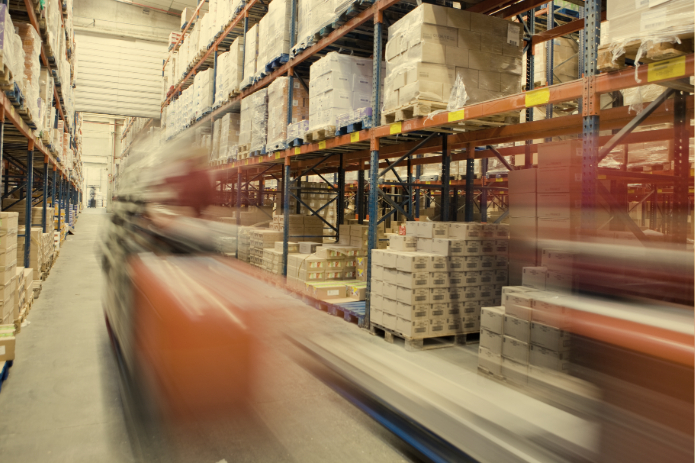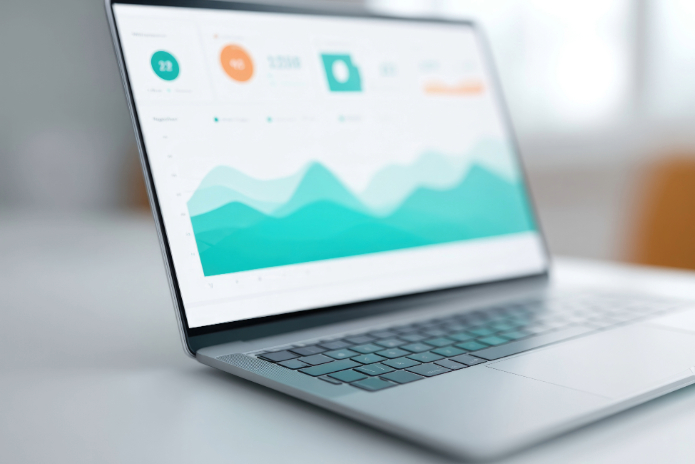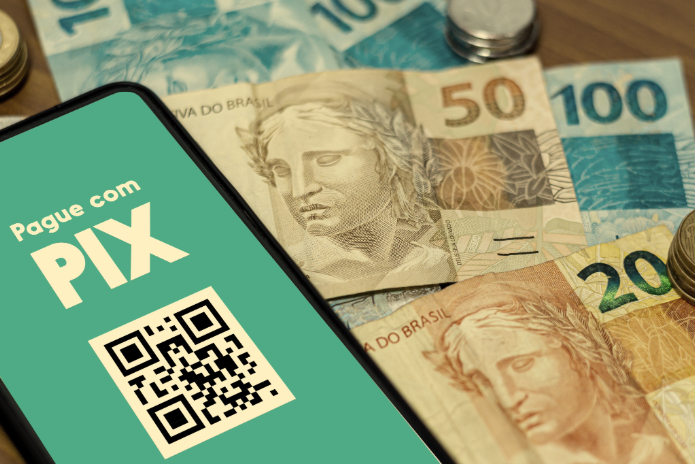O relatório da Latam Intersect PR, intitulado “2025: O Futuro do Consumo de Mídias Sociais na América Latina”, aponta que a linha entre experiência e consumo está cada vez mais tênue. Facebook, YouTube, Instagram e TikTok são citados pelos entrevistados como mecanismos de busca alternativos populares ao Google.
A pesquisa descobriu que 31% dos entrevistados usam o Facebook para pesquisar produtos antes de comprá-los, 28,7% usam o YouTube, e 23,4% usam o Instagram. Além disso, quase um terço (31,5%) dos entrevistados afirmam descobrir novos produtos por meio de plataformas de vídeo, como o YouTube (16,3%) e o TikTok (15,2%).
Quando perguntados se já usaram redes sociais como mecanismos de busca alternativos ao Google, 30,4% dos entrevistados disseram ter usado o Facebook, 28,5% o YouTube, 22% o Instagram e 11,3% o TikTok. Foram entrevistados 1.800 consumidores em seis das principais economias da região: Argentina, Brasil, Chile, Colômbia, México e Peru.
“Estamos testemunhando uma revolução no e-commerce, onde as fronteiras entre entretenimento, socialização e compras estão se dissolvendo rapidamente. As redes sociais evoluíram de simples canais de exposição de marca para se tornarem ecossistemas completos de compra, exigindo que empresas que almejam sucesso em vendas estejam cada vez mais integradas digitalmente”, afirma o cofundador da Boomer, empresa mineira especializada em soluções inteligentes em marketing digital com foco em performance, Pedro Paulo Alves.
Transformação no comportamento do consumidor
O relatório mostra que as redes sociais atingiram novos níveis de penetração tanto em termos do número de latino-americanos online quanto do tempo que passam conectados.
Além disso, muitos dos aplicativos e plataformas mais populares da região — como Mercado Livre, WhatsApp, Pinterest e TikTok — estão integrando, cada vez mais, recursos de rede social, comércio eletrônico e pagamentos em uma única interface, oferecendo conveniência incomparável e novas oportunidades para as marcas se conectarem com os usuários de forma mais integrada.
Segundo Eduardo Augusto, CEO da IDK, consultoria especializada em marketing, comunicação e tecnologia, esses dados refletem uma mudança significativa no modo como as pessoas — especialmente as gerações mais jovens — consomem conteúdo e fazem escolhas de compra. “Por trás desses números, existe uma transformação profunda no comportamento do consumidor, especialmente da Geração Z, que sozinha deve movimentar cerca de US$167 bilhões em gastos com beleza, por exemplo, até o final de 2025”, destaca.
O poder do conteúdo gerado por usuários
O estudo aponta que anúncios que utilizam UGC alcançam uma taxa de cliques (CTR) 4 vezes maior e um custo por clique 50% menor do que a média. Ou seja: à medida que as mídias sociais se misturam cada vez mais com outras formas de consumo, caminhos tradicionais como SEO, Google e sites institucionais, sozinhos, se tornam menos eficazes para alcançar os consumidores.
“O consumidor contemporâneo não se contenta apenas em ver um produto; ele quer compreender como aquele item se integra ao seu estilo de vida. O conteúdo gerado por usuários e influenciadores proporciona uma perspectiva autêntica que os anúncios tradicionais simplesmente não conseguem oferecer”, explica o especialista.
Para Eduardo Augusto, o papel dos influenciadores neste cenário está se tornando cada vez mais relevante. “Marcas lideradas por influenciadores estão crescendo a uma taxa de 32,8% ao ano, comparado a apenas 5,9% do mercado tradicional. Esta disparidade demonstra o poder da conexão autêntica que os criadores de conteúdo estabelecem com suas audiências”, declara.
‘Flywheel’ substitui o funil tradicional
O relatório destaca ainda como o novo modelo de “flywheel” (ciclo contínuo) do TikTok está redefinindo a jornada do consumidor e o engajamento com marcas. O funil tradicional está evoluindo para um ‘flywheel’, no qual descoberta, engajamento e compra se fundem de maneira fluida, mostrando que as marcas não podem mais depender apenas da busca tradicional — elas precisam estar inseridas em espaços interativos, transformando a curiosidade em ação, tornando-se parte essencial das jornadas digitais dos consumidores.
“As redes sociais deixaram de ser apenas canais de divulgação para se tornarem verdadeiros marketplaces. O consumidor atual espera descobrir, avaliar e comprar produtos sem sair da plataforma”, afirma Pedro Paulo.
Instagram e YouTube lideram no Brasil
O recorte específico sobre o Brasil dentro do estudo mostra que, em nosso país, 47,8% dos entrevistados escolhem o Instagram como sua plataforma de mídia social preferida, a maior porcentagem entre os países pesquisados. 36,2% dos brasileiros afirmam utilizar o YouTube como um mecanismo de busca alternativo ao Google.
Além disso, 65,1% dos consumidores brasileiros afirmam comprar mais online do que pessoalmente, a maior porcentagem entre os países pesquisados e muito acima da média regional de 40,5%.
Este comportamento do consumidor brasileiro também se reflete no mercado de beleza, um exemplo significativo dessa transformação. Eduardo Augusto destaca que “o Brasil representou um estudo de caso particularmente interessante, com seu mercado de beleza de R$140 bilhões crescendo a 8,7% ao ano, evidenciando o potencial do país para estratégias de social commerce”.
Segundo o cofundador da Boomer, o mercado brasileiro tem características singulares que o tornam extremamente receptivo ao social commerce. “Temos uma população jovem, altamente conectada, que passa em média 4,8 horas diárias nas redes sociais e valoriza a opinião de sua comunidade online antes de tomar decisões de compra. As empresas que conseguirem criar experiências de compra integradas a esse contexto social terão uma vantagem competitiva expressiva”, destaca Pedro Paulo.
Estratégias para empresas no novo cenário digital
Para aproveitar o pleno potencial do social commerce, as empresas precisam ir além da simples presença nas redes sociais. À medida que as plataformas de mídia social se tornam motores de busca alternativos, rotas tradicionais como a pesquisa no Google e sites corporativos tornam-se menos eficazes para alcançar os consumidores. As marcas precisam estabelecer presença em várias plataformas e utilizar conteúdos específicos para cada uma, engajando os clientes onde eles estão mais ativos.
Um fenômeno interessante observado por Eduardo Augusto é que “o sucesso dessas marcas apresenta quase zero correlação com métricas convencionais, como número de seguidores do influenciador, volume de investimento inicial ou qualidade intrínseca do produto.” Este insight sugere que as empresas precisam repensar seus indicadores de desempenho e focar mais na qualidade das interações do que no alcance bruto.
“O social commerce não é apenas um novo canal de vendas, é uma completa reimaginação da experiência de compra. As empresas precisam investir em tecnologias que eliminem atritos entre a descoberta e a finalização da compra. Cada segundo adicional no processo representa uma oportunidade para o consumidor desistir”, completa Pedro.
As marcas que conseguirem unificar dados de comportamento nas redes sociais com seus sistemas de CRM terão uma visão mais holística da jornada do cliente, permitindo criar experiências verdadeiramente personalizadas. “Este é o momento ideal para as empresas repensarem toda sua infraestrutura digital para suportar esta nova realidade onde social, entretenimento e comércio se fundem em uma experiência contínua e integrada”, finaliza o co-fundador da Boomer.











